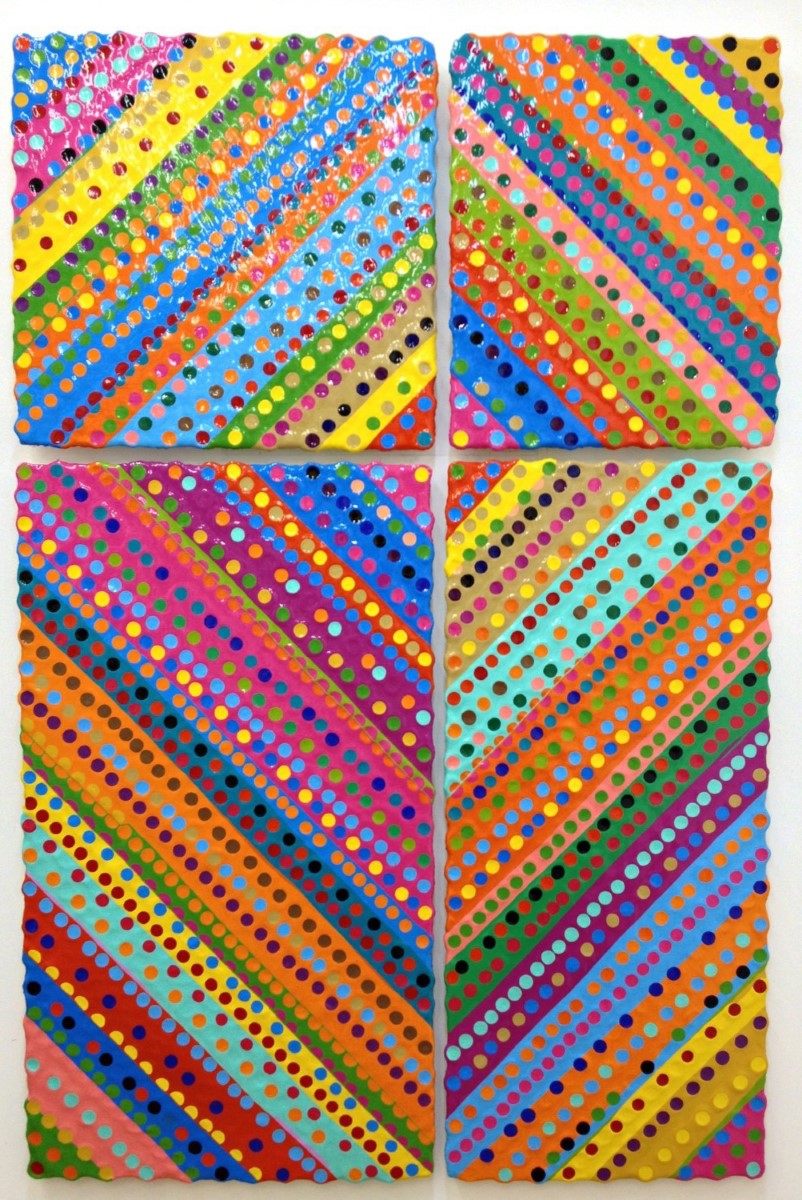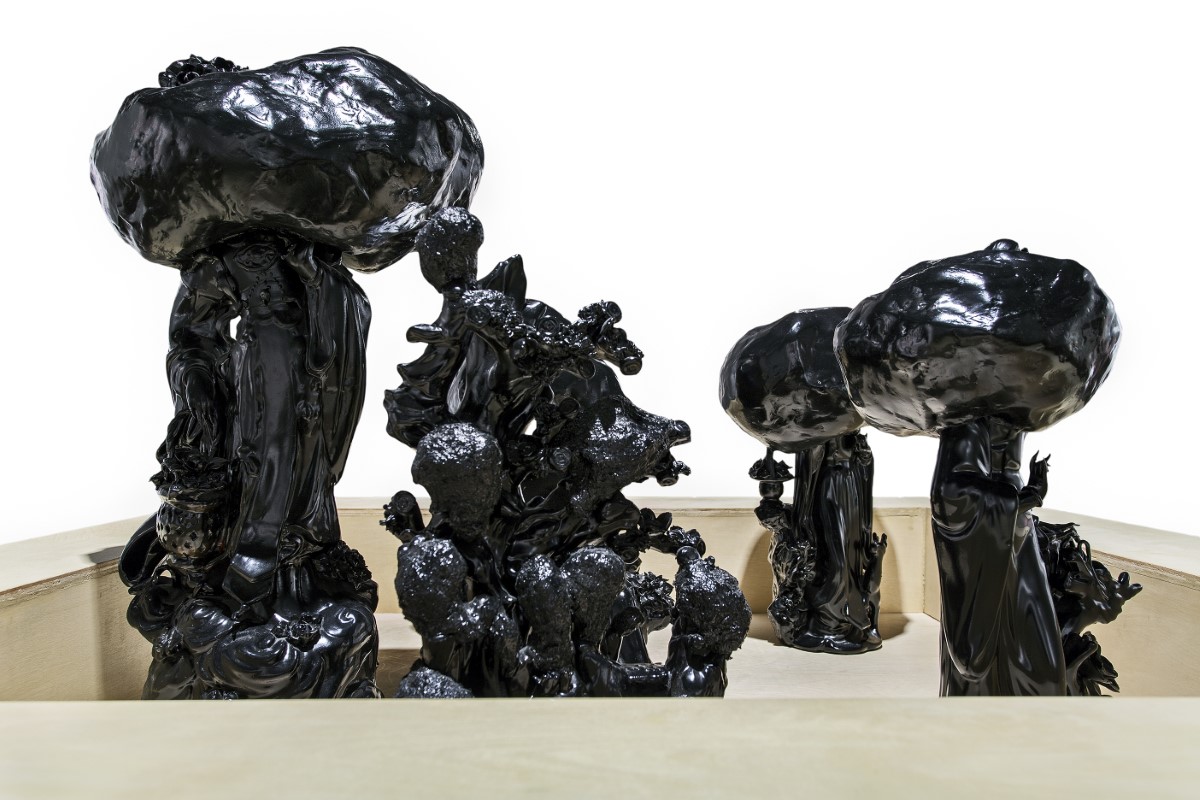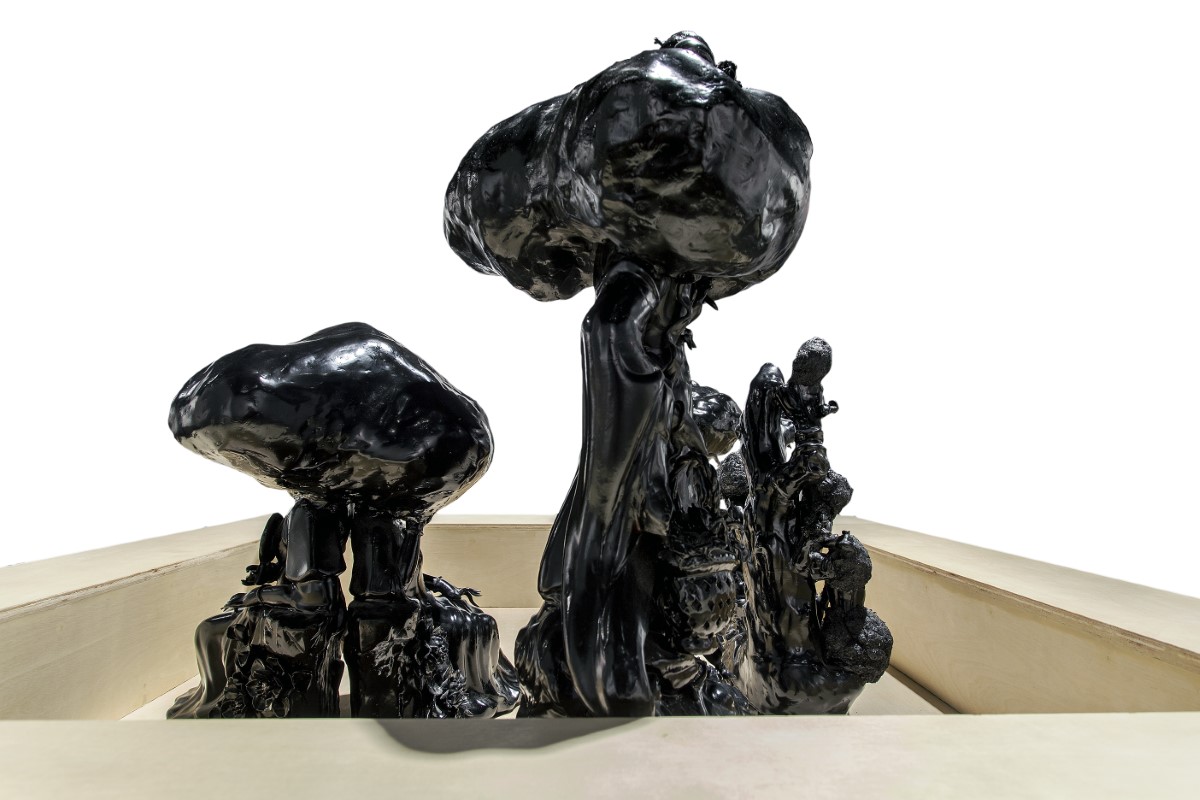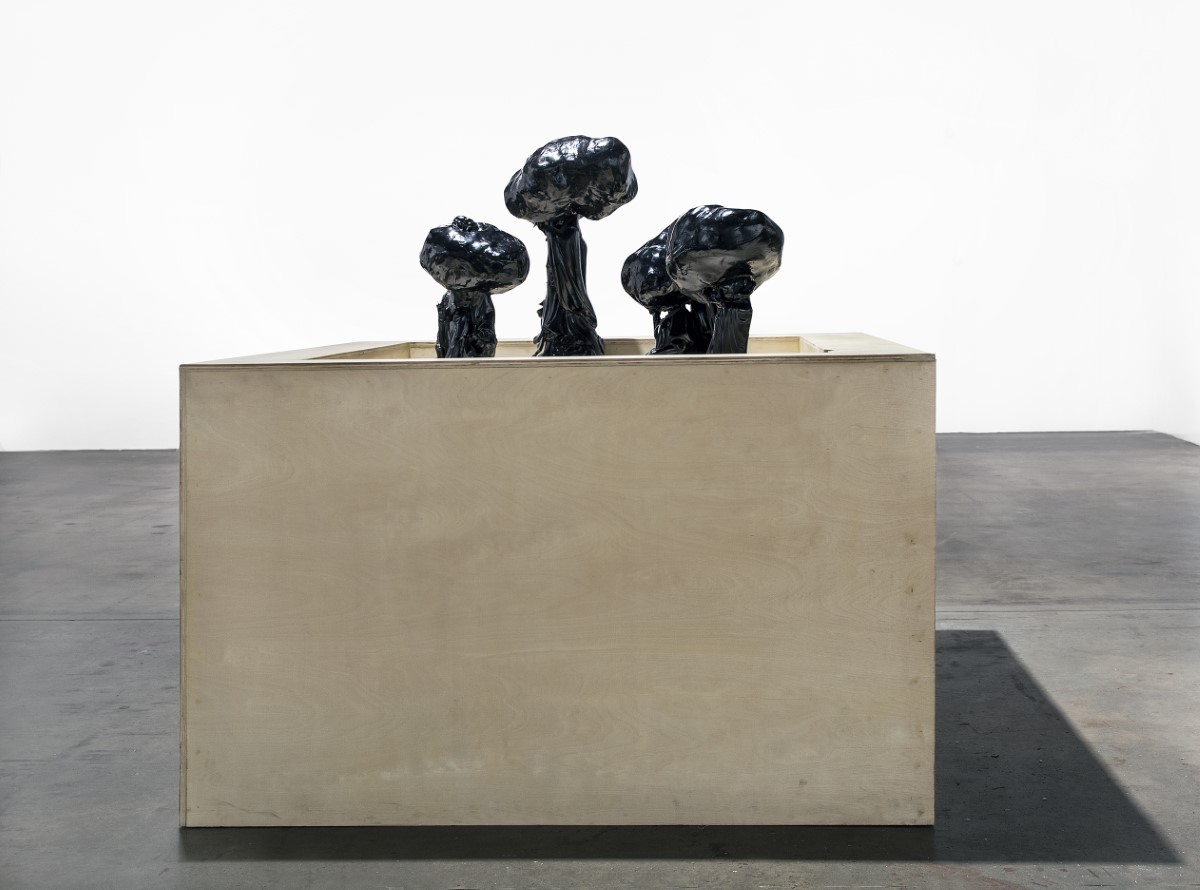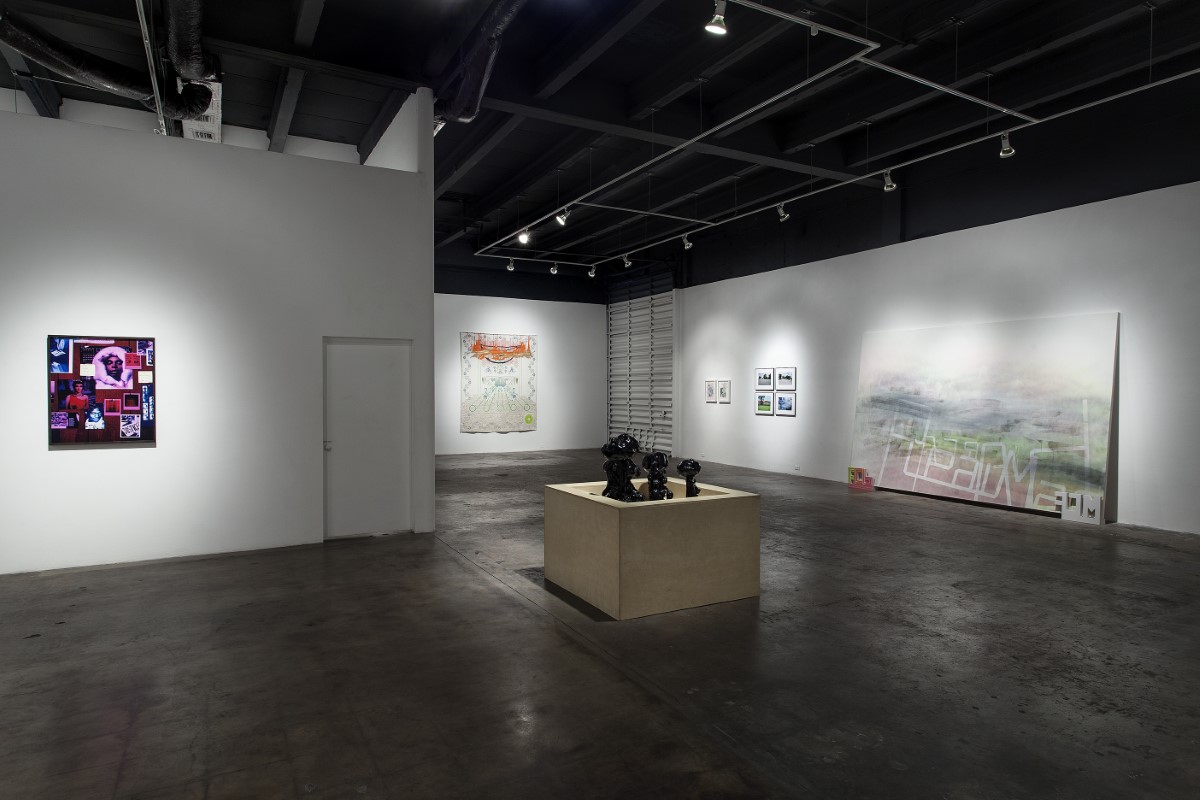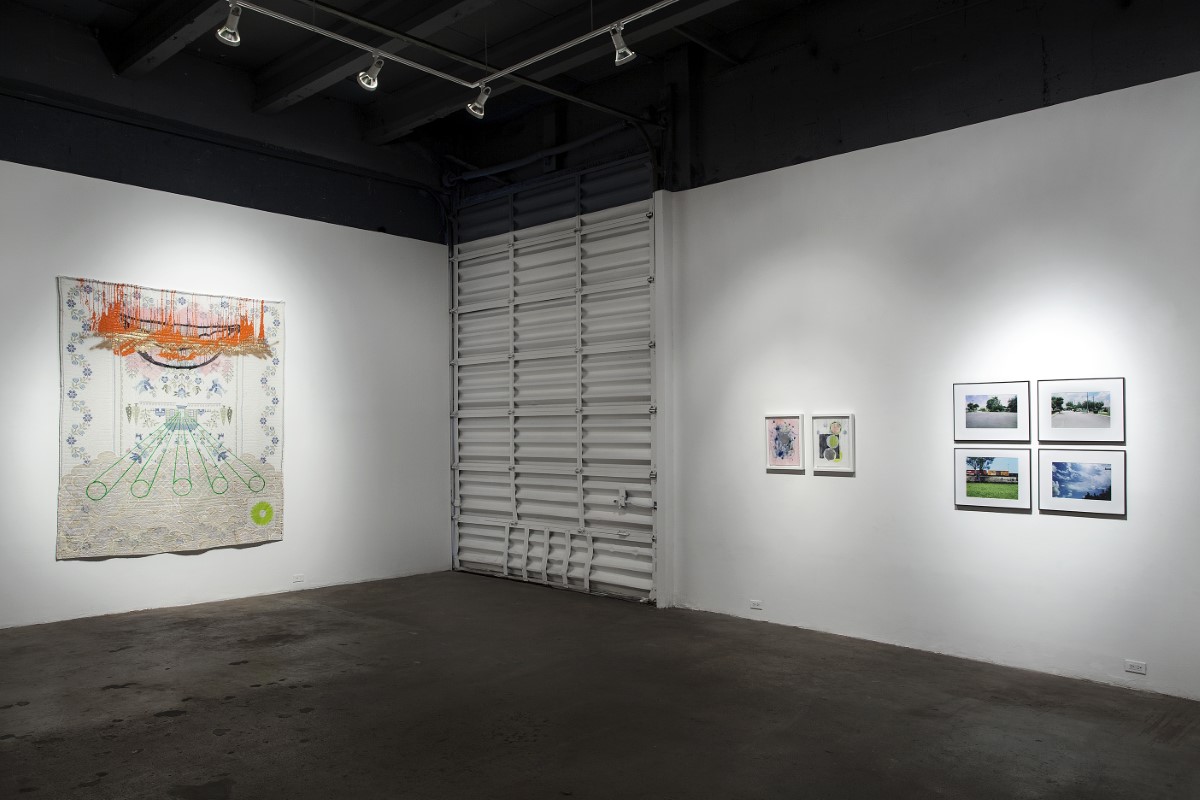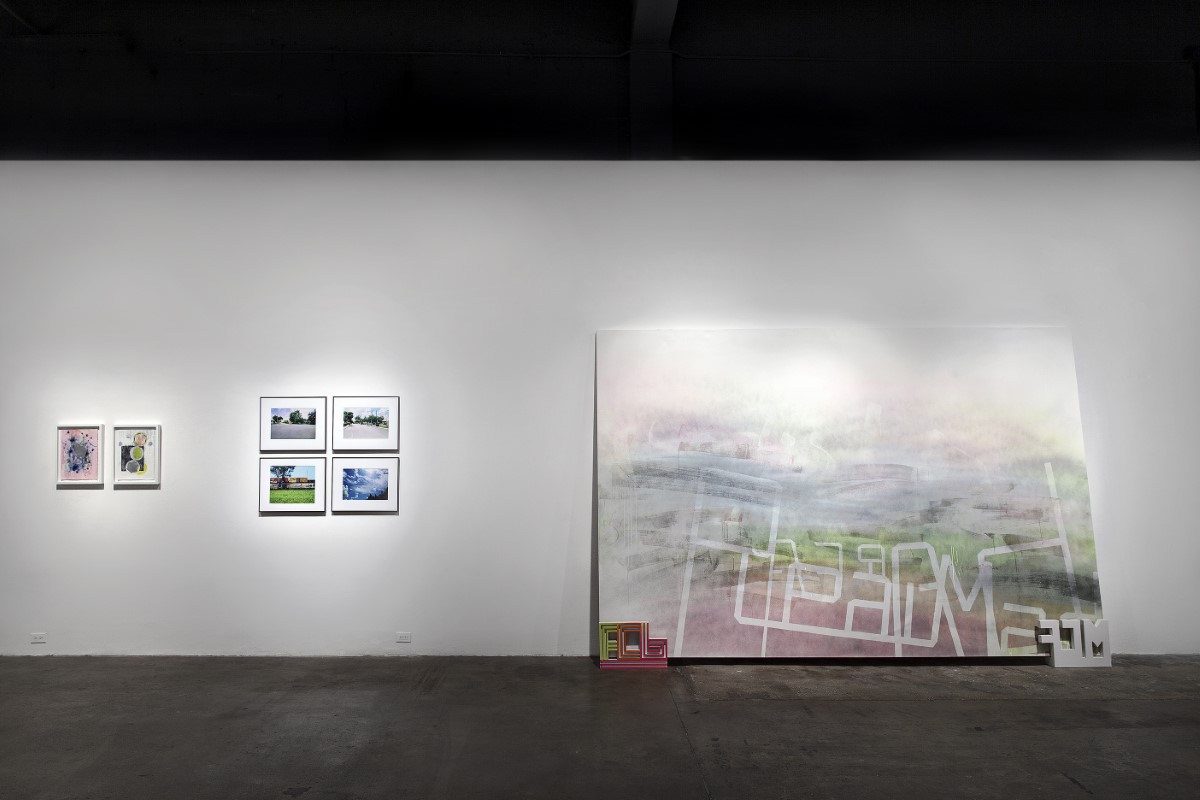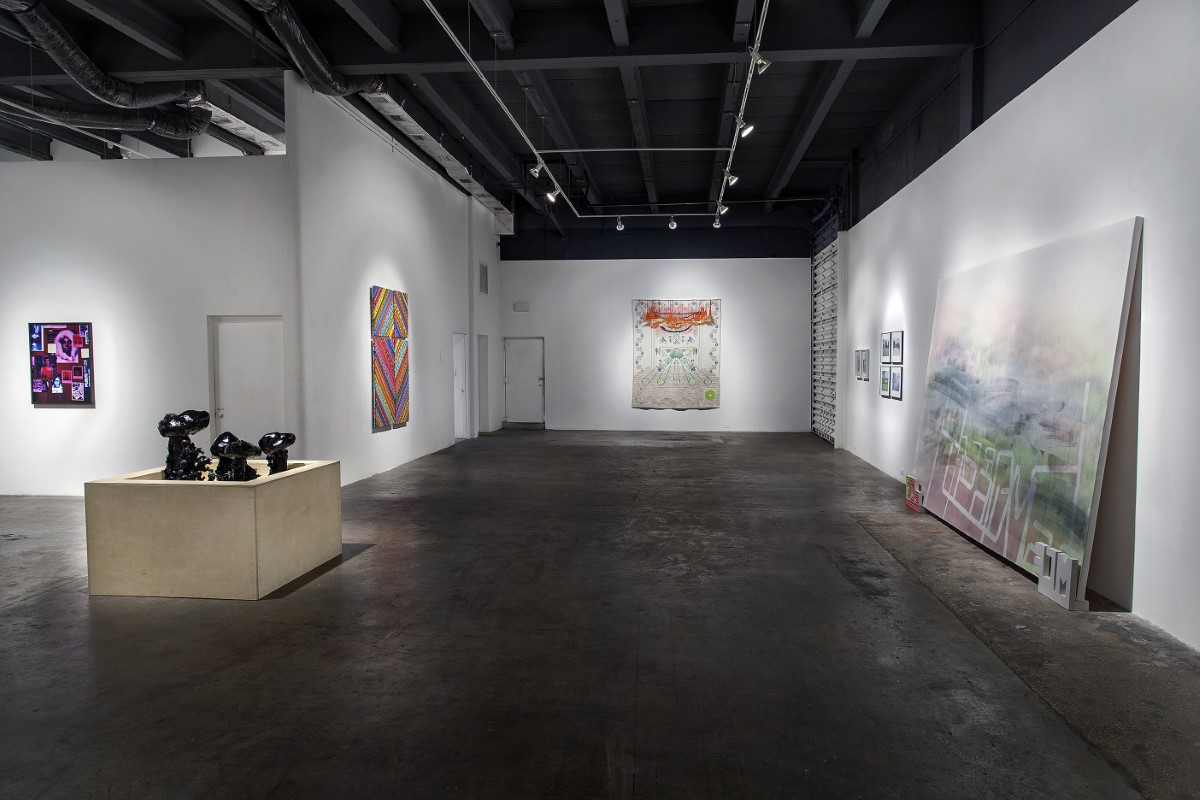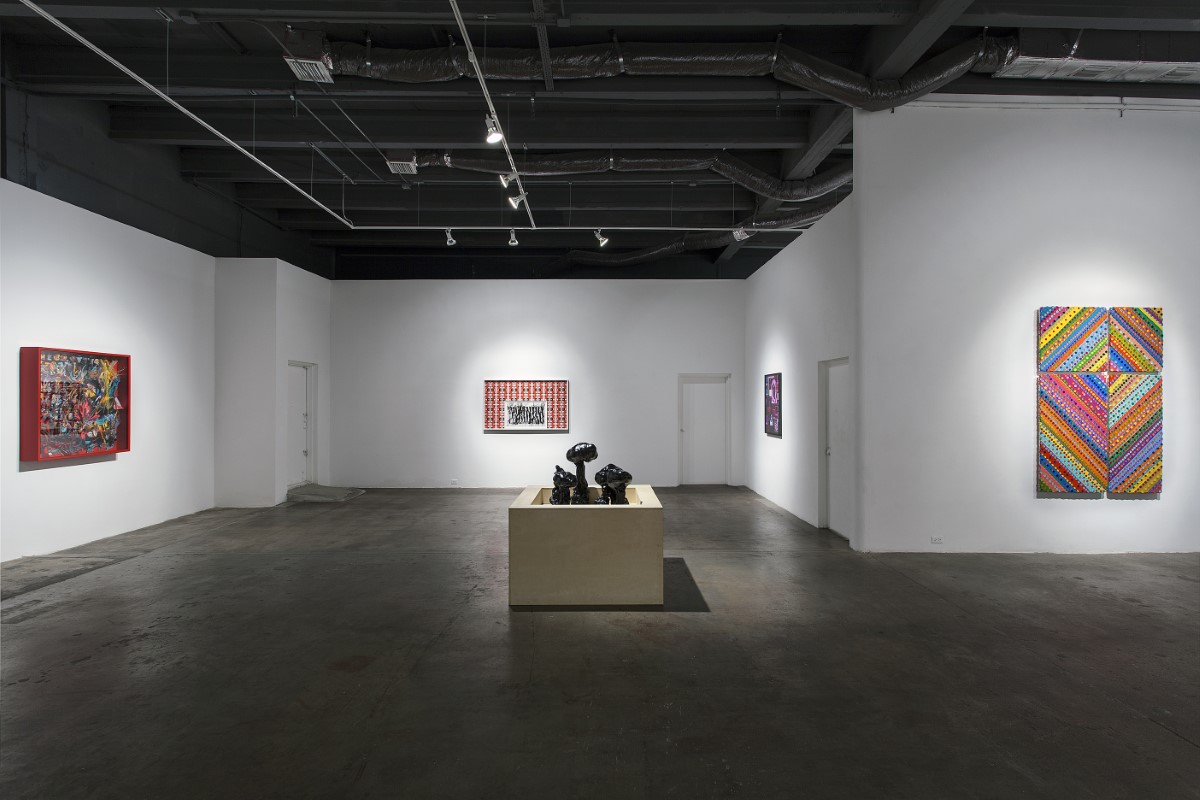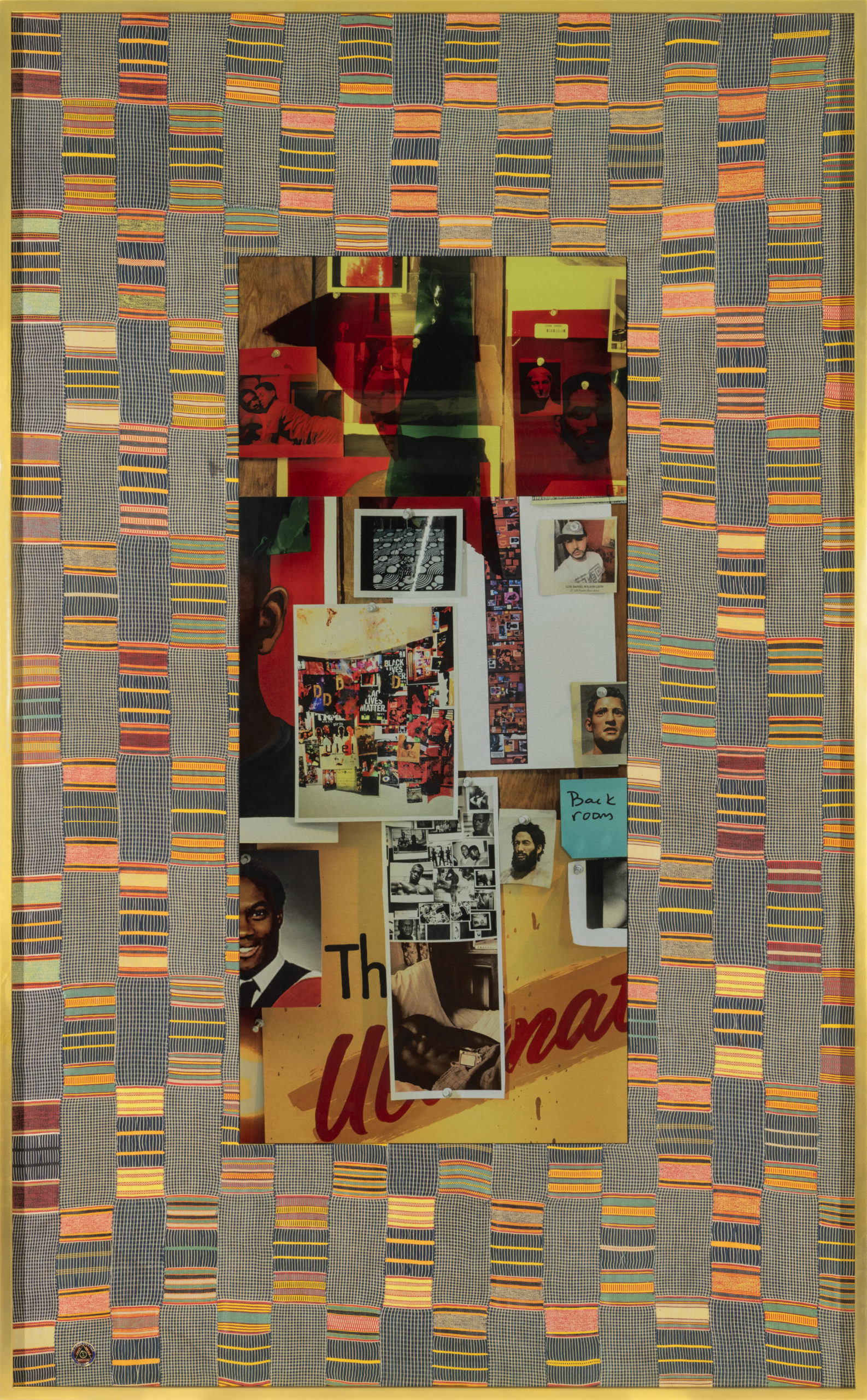Metabolic Bodies
Group Show
Reception Saturday, April 5, 6-8 pm
David Castillo Gallery is proud to present Metabolic Bodies, with works by Sanford Biggers, Adler Guerrier, Lyle Ashton Harris, Quisqueya Henriquez, Susan Lee-Chun, Pepe Mar, Robert Melee, and Wendy White. Metabolic bodies process forms and identities operating beyond dominant discourses.
Sanford Biggers reworks the antique surface of Quilt 16, setting it in motion with Afrofuturism and the Tibetan Book of the Dead. Multivalence problematizes Rauschenberg’s Bed. The artist suspends Harriet Tubman’s journey. Lyle Ashton Harris similarly curates a search history that cannot be deleted. Watering Hole III is under the red filter, where one can impose their own face or that of the artist. Desire confuses alterity, and the watering hole serves the persona as well as the political.
Quisqueya Henriquez places the geometric minimalism of Carmen Herrera inside the design of Russian avant-gardist Lyubov Popova, and in so doing, inserts herself into the lineage these women exemplar. Susan Lee-Chun creates territory for gender, ethnicity, and socioeconomics by obscuring decorative figurines with plaster and black paint. For Adler Guerrier, “Blck” is the combination of graphite, watercolor, colored pencil, and solvent transfer in rendering symbols at once anthropomorphic and architectural. Wendy White also subverts language with trios of letters in bright acrylic. The sculptural PVC frames suggest that the letters build into undisclosed significance.
Pepe Mar and Robert Melee perform aberrations in kitsch and commodity that challenge aesthetic values. Mar’s shadow box is a social network of masks, figurines, model forms, and paper sculptures resembling both the life of the party and the detritus after. Melee utilizes bottle caps to create candy-colored compositions as striking as epidermal cell structure.
In Paul Virilio’s Speed and Politics, “metabolic bodies” denote patterns of accelerated motivity in technologies, militaries, media, and consumerism. The artists in David Castillo Gallery, however, represent metabolic bodies that aim to digest the regimes against which Virilio writes. The metabolic bodies in exhibition belong more to Oswaldro de Andrade’s Cannibal Manifesto, bellwether of Brazilian Modernism, named for the Tupi people known for consuming their enemies.
Biggers’ transcendent quilt and Harris’ vigilant map metabolize historical narrative. Henriquez’s Art Historical dérive and Lee-Chun’s formal rebellion metabolize cultural hegemony. Guerrier’s collage and White’s letters metabolize semiotic systems. Mar’s shadow box and Melee’s three-dimensional painting metabolize materiality. This metabolism is slow. Agential. Dynamic. Relational. Incendiary. It cannibalizes the concerns of individual artists and art making. In the struggle of authenticity against artifice and identity against forms of power, sometimes the best way out is through.
Susan Lee-Chun
Robert Melee
Wendy White




